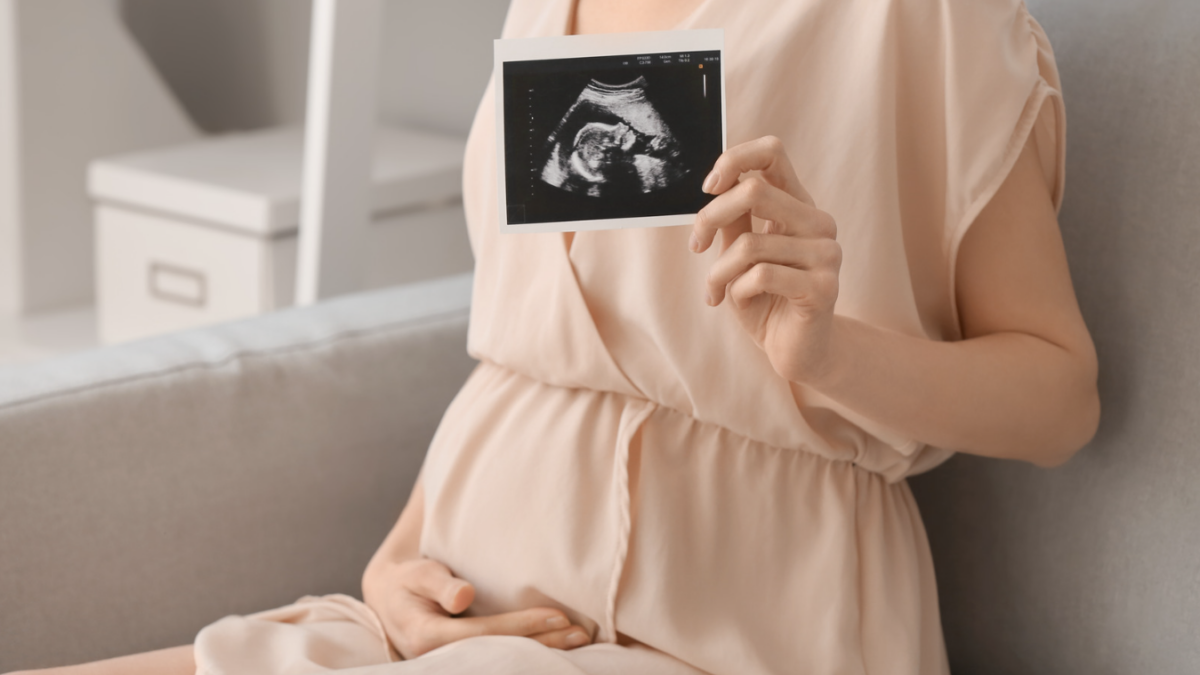
Contrary to my cynical expectations, Hulu’s new TV series, “Shrill,” is not entirely offensive or unfunny, despite my disdain for the author of the book it’s based on — Lindy West, co-founder of the #ShoutYourAbortion campaign. In a sense, it’s a fat person finally getting her due, not being belittled or stooping to the Rebel Wilson-esque tired archetype of comic relief.
Annie (Aidy Bryant) is not the butt of every joke or subjected to crude, low physical humor. The show is fundamentally a story about Annie gaining a sense of how to stand up for herself, and it’s decently nuanced despite some naive or silly moments.
In an entertainment landscape where there’s sometimes a dearth of dignity offered to fat people and people who don’t fit traditional beauty ideals, it’s refreshingly thoughtful, albeit significantly less funny than woke comedy lookalike “Broad City” and Lena Dunham’s slightly more serious counterpart, “Girls.”
Seattle’s alt-bi-weekly The Stranger puts it well: “This is one of the first times we’ve seen someone like her before—the main character in a show centered around a fat woman who isn’t trying to change herself but instead is figuring out what she wants.” I take no issue with a search for empowerment, and find Annie endearing at times. But there’s a bigger issue with the storyline (and one touched on by my colleague Libby Emmons here): Annie’s abortion.
Abortion Representation on TV
Abortion storylines in TV are still relatively few and far between. “Grey’s Anatomy” has two — or, rather, almost has two. Cristina Yang attempts to get one early on but ends up having an ectopic pregnancy that causes her to collapse dramatically during surgery (show creator Shonda Rhimes has a penchant for dramatic collapses). It’s only later in the series that she gets pregnant again, with her husband’s baby (that he’d very much like to keep), and gets an abortion, right on prime-time TV.
Pro-life beliefs aside, this is a “good” abortion storyline, if there is such a thing. That’s because it’s representative of the type of woman who most often gets abortions instead of the most sympathetic possible cases, which are not always representative of reality.
The new Canadian show on Netflix, “Workin’ Moms,” has a good abortion storyline too. Sassy and bitter Anne, who already has two children, finds out she is pregnant with a third. She’s seemingly rich, and she’s married, although she doesn’t seem thrilled about her husband’s existence. Together they make the decision to have an abortion after extensive list-making weighing the options.
The actress who plays Anne (Dani Kind) reflected on the plot device, saying “I have never seen a woman on a TV show or in a movie who is married, with her husband, decide to abort their third child…it was a decision that brought them peace. It was a beautiful thing they were doing together and had decided it together for their marriage and their family. I had never even thought of abortion in that way.”
Beautiful isn’t how I’d describe it, but her comments reflect the strange reality of what many of us think about abortion: that it isn’t something sought by married mothers when, in fact, it very much is. (One less realistic component to many of these storylines is that the characters tend to be pretty wealthy. Statistically speaking, women who seek abortions are often lower income.)
The “Shrill” storyline is also good, as is the “Girls” storyline where notoriously selfish dips–t Jessa flakes on her own abortion appointment to hook up with a stranger in a bar bathroom (she realizes she’s bleeding during the encounter, rendering the appointment moot anyway). They’re good because showing the actual statistical reality of abortion bolsters pro-lifers’ arguments and gives pause to moderates.
The abortion dialogue too often centers around exceptions—what to do in cases of rape, what to do when teenagers who are ill-prepared to parent get pregnant, what to do when women are too poor to take care of a baby.
Actual abortions are in fact sought by these people; but an inconvenient part of the story is that abortions are, in a surprisingly large number of cases, sought by women who just don’t feel like being a mom or just don’t want to have a kid (or another kid, in many cases) or just want to enjoy their twenties (or thirties). Not exactly the best sob story of all time.
Data Don’t Lie
Statistically speaking, lots of women who have abortions are already mothers. Plenty are married. A bunch are adults who can (or should be able to) largely provide for themselves. According to the pro-choice Guttmacher Institute, women between the ages of 20 and 24 obtained 34 percent of all abortions, and women between the ages 25 and 29 obtained 27 percent of all abortions.
Together, women in their twenties account for the majority (only 3 percent of abortions are performed on people between the ages of 15 and 17 and less than 0.2 percent are under 15). Lots are hipsters running around Portland (in Annie’s case) or Brooklyn (in Jessa’s case) having unprotected sex or being foolish with birth control methods, as if buying a few condoms is somehow hard.
About half of people who seek abortions were living with a partner (spouse or boyfriend) at the time they got pregnant, per 2014 data. From the same year, about 59 percent of abortions were obtained by women who had already birthed a child. The most baffling statistic, that perhaps shows just how true “Shrill” is to reality, is that only 51 percent of women seeking abortions in 2014 were using some form of birth control in the month they became pregnant.
You read that right: people aren’t buying condoms, and that’s leading to abortions. Or they’re not using condoms (or IUDs, or contraceptive pills), and that’s leading to abortions. Perhaps our morality is broken if “rawdogging” (the condom-free sex that Annie’s casual, hairy manchild partner prefers) is worth aborting a fetus.
As a libertarian, I’m generally compelled by the argument floated by abortion advocates that the reason someone seeks an abortion should really be nobody else’s business, not up for review. In many other areas, I agree.
The reason someone seeks to use marijuana doesn’t need to be justified to society overall–it doesn’t need to be wrapped in some medical excuse, or with doctor’s supervision, for it to be a perfectly worthwhile decision. The reason someone chooses to smoke cigarettes doesn’t need to be opened up to the peanut gallery, either, when it’s one’s own body on the line (arguments about health care liability aside).
Yet abortion is different if you believe, like I do, that an innocent being is directly and irrevocably harmed by the choices of his or her mother.
Compassion for Some, Less for Others
A significant part of the abortion debate—or at least those of us wondering how to reduce unwanted pregnancies and support women in difficult situations—hinges on pro-lifers and pro-choicers attempting to find common ground and genuine solutions for mothers who are, through circumstances sometimes outside of their control, in unfathomably difficult situations.
These are the people sometimes trotted out by those who are politically moderate, and perhaps rightfully so. Many pro-lifers wonder how to create a harm reduction framework where abortion is seen as unacceptable in our society, but desperate women aren’t forced into dangerous, black-market situations.
In other words, it might not be morally complicated to adjudicate (abortion is wrong, period), but it’s a bit stickier from a public policy perspective when we consider the plights of women who are so poor they will struggle to provide proper care to a child, or women who have no familial support. Sex is messy, and relationships are complicated. When a child results from an abusive or unhealthy union, it’s tough to figure out how to support a mother who is trudging forward in a less-than-ideal circumstance.
But TV shows like “Shrill” are good because they accurately portray the types of choices that often lead to abortions. Sometimes it’s as simple as stupidly not using condoms and relying on obscene numbers of the morning-after pill (which, by the way, is not good for your body). This is less sympathy-inducing than other narratives, but more true to reality than pro-choicers might want you to believe.
It’s also an easier case for pro-lifers to look at and judge: in a surprisingly large number of cases, there’s really no good excuse for women to be seeking abortions. A good number of them are not too desperate or helpless, they’re just irresponsible. Then again, per pro-choice logic, that’s their prerogative.









